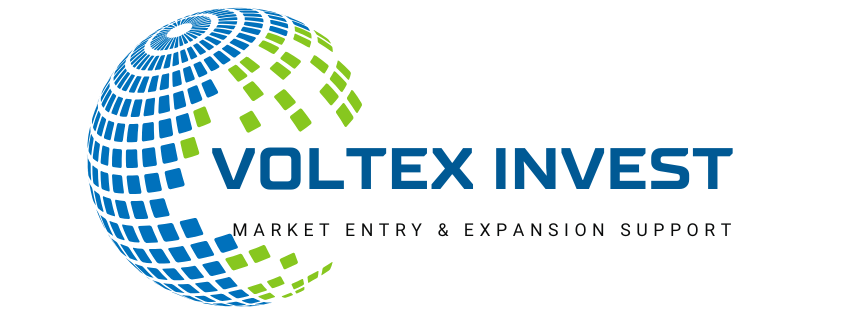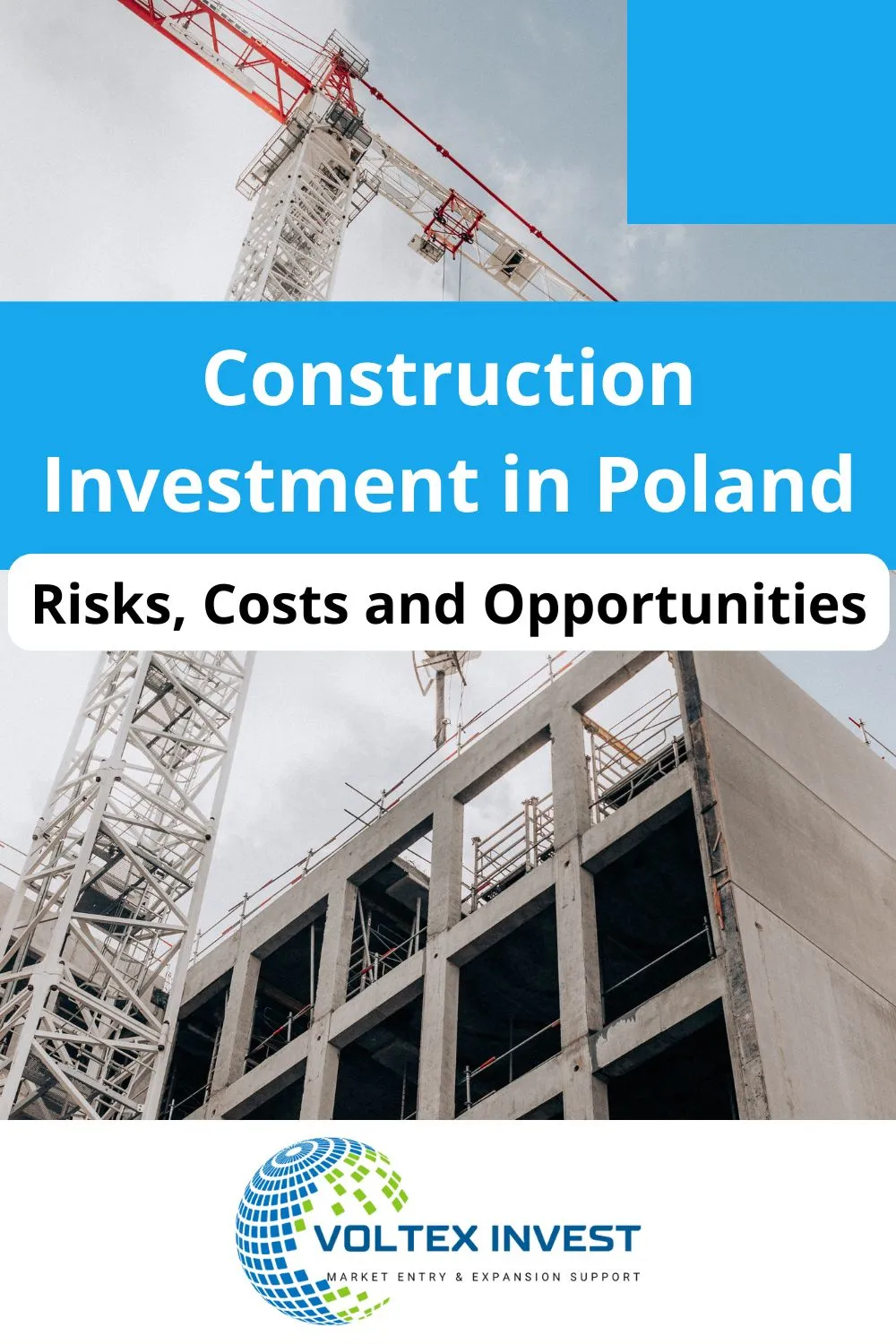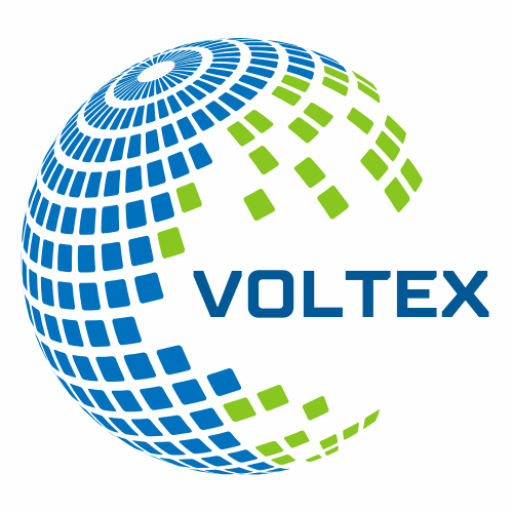Central and Eastern Europe (CEE) has long been considered one of the most attractive regions for international companies seeking new growth opportunities. With its strategic location between Western Europe and Asia, competitive labor costs, improving infrastructure, and growing consumer markets, the region presents a fertile ground for expansion. However, the question remains: if you are planning to expand into CEE in 2025, where should you begin? Poland often emerges as the natural first choice, but countries such as Czechia, Hungary, Romania, and Slovakia also present compelling opportunities. This article evaluates Poland in comparison with other CEE markets, analyzing key economic, business, and strategic factors to help decision-makers determine the most advantageous entry point.
Poland vs. Other CEE Countries
Poland: The CEE Powerhouse
Poland is by far the largest economy in the CEE region, with a GDP exceeding $850 billion in 2024. It accounts for nearly one-third of the total GDP of Central and Eastern Europe. This scale matters for international companies because it translates into a more robust domestic market, greater purchasing power, and a larger pool of both consumers and business partners.
Key Advantages of Poland
- Market Size and Growth Potential
Poland has a population of nearly 38 million, making it the largest consumer market in the region. This demographic scale ensures steady domestic demand, even in times of global slowdown. In addition, Poland’s GDP growth has consistently outperformed the EU average over the last decade, with forecasts predicting steady growth of 3–4% annually through 2025–2027. - Strategic Location
Situated between Western Europe and Eastern markets, Poland offers excellent logistics opportunities. With access to the Baltic Sea, advanced road and rail infrastructure, and growing investments in logistics hubs, Poland serves as a natural gateway for pan-European supply chains. - Skilled Workforce at Competitive Costs
Poland is home to a highly educated workforce, particularly in IT, engineering, and finance. Labor costs are higher than in Romania or Bulgaria but remain significantly lower than in Germany or France. This balance makes Poland an attractive option for both high-value-added operations and cost-sensitive businesses. - EU Integration and Stability
As a full EU member since 2004 and part of NATO, Poland offers regulatory stability and access to EU funds. While political tensions sometimes raise concerns, Poland’s economic fundamentals remain strong, and its EU membership ensures alignment with European standards. - Technology and Innovation Hub
In recent years, Poland has become a hotspot for digital and tech investments. Cities like Warsaw, Kraków, and Wrocław are recognized IT outsourcing and R&D hubs, attracting global companies from Google to Intel.
Challenges in Poland
- Rising labor costs compared to smaller CEE countries.
- Increasing competition from established players already in the market.
- Bureaucracy and regulatory complexity, although improving, can still be a hurdle.
Despite these challenges, Poland remains the most versatile and scalable option in CEE for foreign expansion.
Czechia: High Value, Smaller Scale
Czechia (Czech Republic) offers one of the most advanced economies in CEE, with a high GDP per capita and a stable industrial base.
Advantages:
- Strong industrial tradition, particularly in automotive and advanced manufacturing.
- Proximity to Germany and Austria, making it a strong base for companies integrated into Western supply chains.
- High purchasing power relative to the region.
Challenges:
- Small domestic market (about 10.5 million people).
- Labor shortages and higher wage costs than Poland or Romania.
- Limited scalability due to its size.
Czechia is best suited for companies looking for high-value industrial partnerships or access to Western Europe, but it does not offer the same scale as Poland.
Hungary: Central Location with Political Risk
Hungary sits at the geographic heart of Europe and has positioned itself as a logistics and manufacturing hub.
Advantages:
- Strong automotive and electronics industries.
- Central geographic location with excellent transport links.
- Government incentives for foreign investors.
Challenges:
- Political unpredictability and strained relations with the EU.
- A smaller domestic market (around 9.6 million people).
- Labor shortages and outmigration of skilled workers.
Hungary can be a good option for manufacturing-focused companies, but its political climate and small market make it less attractive than Poland.
Romania: Cost Competitiveness and Untapped Potential
Romania has become increasingly attractive for companies looking for cost efficiency combined with strong growth potential.
Advantages:
- Large population (19 million), second only to Poland in the CEE region.
- Very competitive labor costs, particularly in IT and customer service.
- Rapidly growing tech ecosystem in Bucharest, Cluj-Napoca, and Iași.
- EU membership and access to EU structural funds.
Challenges:
- Infrastructure gaps compared to Poland or Czechia.
- Bureaucracy and perceived corruption issues.
- Political instability at times.
Romania is an excellent choice for labor-intensive or IT-related investments but requires careful planning due to infrastructure limitations.
Slovakia: Niche Opportunities
Slovakia is often overshadowed by its larger neighbors, but it offers targeted opportunities.
Advantages:
- Strong automotive sector (highest per capita car production in the world).
- Eurozone member, eliminating currency risk.
- Proximity to major Western European markets.
Challenges:
- Very small domestic market (5.4 million people).
- Dependence on the automotive industry.
- Labor shortages.
Slovakia works well for companies integrated into specific industries, especially automotive, but does not provide broad market potential like Poland.
Comparative Analysis: Why Poland Often Comes First
When comparing Poland with its CEE peers, several factors stand out:
- Scale and Scalability: Poland offers both a large domestic market and the capacity to scale operations regionally. Other countries, while competitive, cannot match Poland’s size.
- Balance of Costs and Value: While Romania may offer cheaper labor, and Czechia may offer higher purchasing power, Poland balances both in a way that provides sustainable long-term value.
- Strategic Position: Poland’s logistics capabilities and geographic location make it a natural hub for pan-European operations.
- Resilience: Poland’s economic resilience during past crises, such as the 2008 financial crash and the COVID-19 pandemic, demonstrates its ability to sustain growth in volatile times.
- Innovation and Digitalization: Poland is increasingly positioning itself as a leader in IT outsourcing, fintech, and digital services, giving it a future-proof edge over traditional manufacturing-based economies.
Strategic Recommendation for 2025
For companies entering CEE in 2025, Poland should be the first choice for expansion. Its combination of market size, growth potential, skilled workforce, and strategic location makes it the most comprehensive platform for building a strong regional presence. Once established in Poland, companies can consider expanding further into complementary markets such as Romania (for cost-efficient IT and services), Czechia (for integration with Western Europe), or Hungary (for manufacturing).
In other words, Poland should be viewed as the cornerstone of a successful CEE strategy, with other countries playing specialized, secondary roles depending on industry needs.
Conclusion
The Central and Eastern European region is not monolithic; each country offers unique strengths and challenges. However, when it comes to identifying the most advantageous entry point in 2025, Poland stands out as the clear leader. Its economic scale, strategic position, resilient fundamentals, and innovation ecosystem make it the optimal first step for international expansion. Other CEE countries certainly deserve attention for specific industries or as secondary markets, but Poland provides the strongest foundation for long-term success in the region.
If you are considering CEE expansion in 2025, start with Poland. It is not only the biggest opportunity but also the safest and most scalable choice for building a sustainable regional footprint.
Frequently Asked Questions (FAQ)
Why is Poland considered the best entry point to CEE?
Poland offers the largest consumer market, a skilled workforce, strategic logistics advantages, and a strong track record of economic resilience.
Which CEE country is best for low-cost operations?
Romania is the most cost-competitive option, especially for IT and back-office services.
Is Czechia better than Poland for high-value industries?
Czechia offers strong industrial traditions and higher purchasing power, but its smaller scale limits long-term growth compared to Poland.
What are the risks of expanding into Hungary?
Political unpredictability and EU tensions present potential risks despite Hungary’s strong industrial base.
Should companies consider Slovakia?
Yes, but mainly for niche opportunities, particularly in the automotive industry, rather than broad market expansion.













